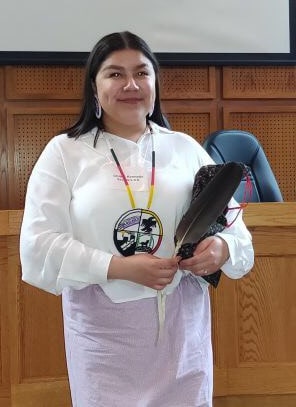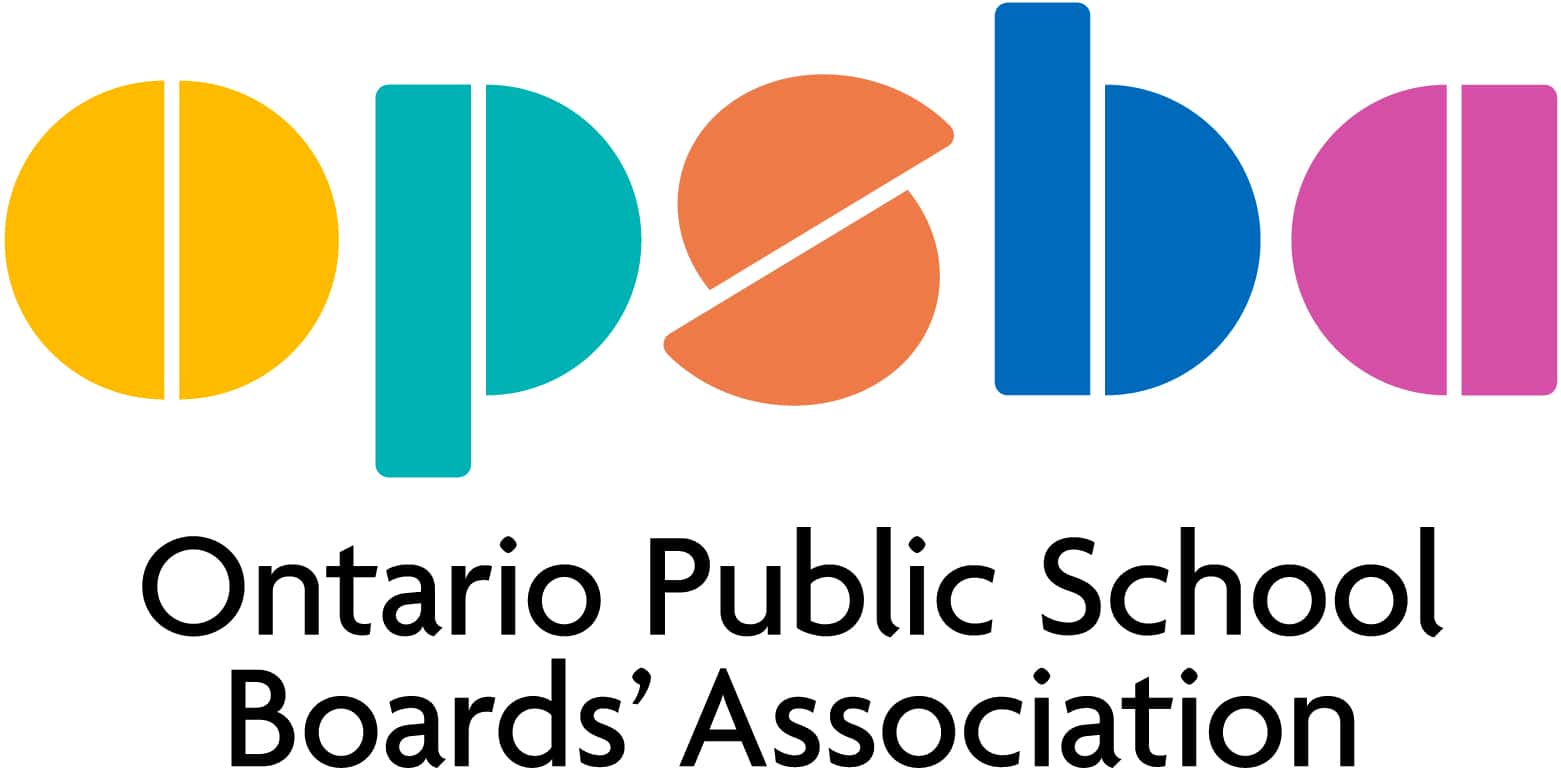 |
Time for Real Action on Implementing Indigenous Culture and Perspectives in Ontario’s Curriculum
Chiara Kennedy
As a child, I knew who I was as a young Indigenous woman. I feel very loved being amongst strong Anishinaabe Kwe. I came into this world with my spirit name, my clan, my teachings and my purpose on this earth. Pride in who I am, and where I come from has carried me throughout all my accomplishments. I firmly believe that it has shaped me into the leader I am today in both my home communities. There are times that I feel like giving up on my education, but I look to my teachings and ceremonies when I feel this way. I could have easily failed a class, or have dropped out. Sadly this a reality for many of my Indigenous peers. There are many reasons as to why Indigenous communities have a lower success rate, but the main one is not having the programs, supports, courses and resources they need.
It is evident that there is a lack of Indigenous knowledge in school boards across Ontario. One of my first experiences with this was in elementary school outside of the Thames Valley DSB. The only time I heard about my culture was in world studies where we would study Indigenous people of Canada for about a week. The lessons were not very positive as many of them started with “How the Iroquois attacked the Europeans…” Some of the things were not true when compared to what I knew about my culture and history. I often found myself asking why there was a non-Indigenous teacher teaching me about my culture and history from a textbook that was full of lies. I understand that she was just following curriculum but couldn’t we have changed it so there was an elder coming to teach us about our history?
It wasn’t until I enrolled in a school within the Thames Valley DSB that I saw my history being taught in a respectful and truthful way. Moving to London was a huge culture shock to me. Everywhere I went there were Indigenous people. When I went to high school it got even better. There was a native cultural room, language courses, First Nation, Inuit and Métis-focused courses and Indigenous teachers teaching us, based off their knowledge. Thames Valley’s efforts in reconciling with nearby Indigenous communities has given me hope in the betterment of the education system for Indigenous students across Ontario.
There is a dark history between the education system and Indigenous people that still affects us to this day. These dark times remind us about how Indigenous education needs to be delivered by our own Peoples and epistemologies. Residential Schools were the start of the hurt from the education system. Our children were taken away from their families and required to work the fields half the time to sustain their own abuse and cultural genocide. Their goal was to take the “Indian” out of the child so that they could be a part of Canadian civilization. Real reconciliation has been long overdue. These schools stole our language, culture, identity and sense of purpose. Many people think that this happened a long time ago. A question many students hear is, “Why can’t you just get over it?” Well, we can’t just simply get over it, because it still affects us through intergenerational trauma. We see the damage it has done in our communities and in our schools.
How do we, as a province, recover from the damage residential schools have done to this generation and generations to come?
It is now the time of reconciliation, meaning that it is time for the Government of Ontario to step up and take action in providing the proper education that Indigenous students need. Doing this will ensure that our Indigenous students will succeed in a school system that is still set up in a colonial way.
How do we implement our culture into the education system? Culture and awareness are two things that will help our Indigenous students succeed. An Indigenous person’s identity is made up of many things, such as ceremony, language, community and cultural history. Without these things it is hard to know where your purpose lies. When I became Indigenous Student Trustee I ensured that I would make sure that Indigenous knowledge would be in both secondary and elementary because I know how crucial it is to an Indigenous student’s academic success.
Incorporating our culture into the education system will lead to higher rates of success in Indigenous students, and it will ensure that future generations to come will not have to worry about the possibility of not succeeding.
Chiara Kennedy is the 2019-20 Indigenous Student Trustee for the Thames Valley DSB. Chiara Kennedy is one of the many FNMI students that attends Saunders Secondary School. She is Turtle Clan from Chimnissing and Oneida. She is an active student and participant in First Nation programming with the Thames Valley DSB, Saunders Secondary School, London Community and with both her First Nations. Chiara attends ceremonies on a regular basis and has a strong connection to her Ojibway and Haudenosaunee roots. She is an advocate for language and culture and strongly believes that both are the foundations to one’s identity.
| Previous Article | Next Article |

